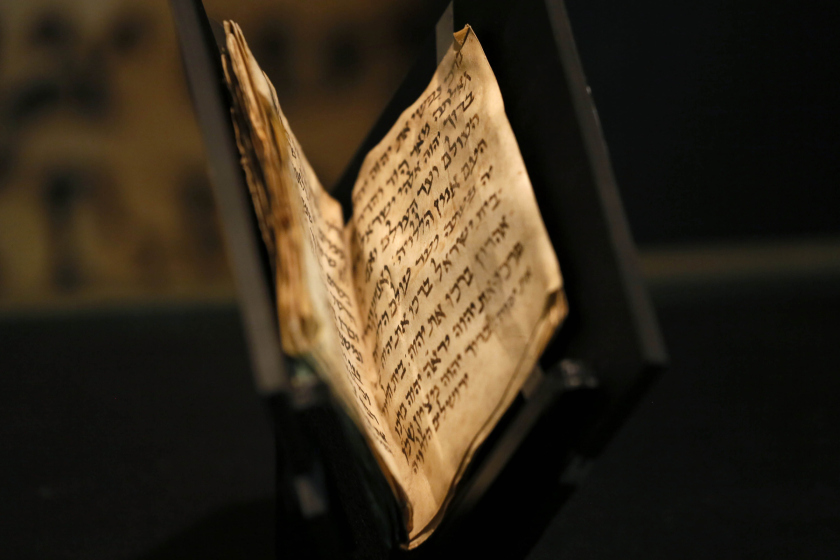 Indias Beautiful Synagogues
Indias Beautiful Synagogues
David Sassoon (1792-1864), the founder of the Sassoon dynasty in India, and his eight children established an international empire of trade and commerce. They built libraries, museums, orphanages, schools, the David Sassoon Hospital, an infirmary and leper asylum, and charitable organizations which benefitted the city of Mumbai and the Pune Jewish community. In 1861, they built the Magen David Synagogue in Byculla, Mumbai.
David had to flee Baghdad in 1826 to Bombay in India, where under British rule there was freedom of worship and expanding opportunities for trade. With increasing wealth, the Sassoons gave huge sums to both Jewish and public institutions.
David also built an elementary school to provide Torah educations for the communitys children. This was later expanded into a high school by his grandson Jacob Sassoon, and renamed The Sir Jacob Sassoon Free High School.
They built Ohel-David Synagogue in 1863 in Poona, where David Sassoon had his resort home. The synagogue is a well known landmark of impressive architecture, on spacious grounds, in a central location. It is popularly known as Lal Dewil (the Red Temple), as it is built of red brick, The interior is beautiful, with stained glass windows.
With the expansion of the city of Bombay, the Jewish business community was established in the Fort area. In answer to the growing need for a synagogue there, David Sassoons grandson, Jacob Sassoon, built the Keneseth Eliyahoo Synagogue in 1884, in memory of his father (David Sassoons second son).
The synagogue is set in a busy area. The structure is outstanding, stone below and brick above. The interior is beautiful, with decorated pillars, the tebah and a fine hekhal flanked by carved marble and surmounted by a magnificent stained glass arch rising to the high ceiling. This is particularly beautiful with the light of the afternoon sun shining through the stained glass.
Keneseth Eliyahoo has a spacious womens gallery, a mikvah and rooms provided on the ground floor for an elementary school and other community activities.
All three synagogues played a central part in the life of their communities, and are very dear to all who worshipped in them. While very few Baghdadis now remain in Bombay and Poona, the synagogue buildings are well maintained and services continue to be held with minyanim composed of Baghdadis and the Bene-Israel community.
As the second-oldest surviving synagogue in Mumbai, Keneseth Eliyahoo is the center of the citys Jewish cultural and religious life and an important treasure.
Recently, water infiltration has damaged the roof, ceiling, and wall surfaces. The stained glass panels must be cleaned and the windows, timber balconies, and staircases require careful restoration. This work is urgently needed so that Keneseth Eliyahoo Synagogue will survive to be enjoyed by future generations.
World Monuments Fund (WMF) has committed to preserve the synagogue as part of their Jewish Heritage Program, launched in 1988, which has provided support for Jewish sites in more than 20 countries.
Every project of WMF is an opportunity to raise awareness among the public, government agencies, community organizations, and potential donors about the importance of heritage preservation. Through programs like the World Monuments Watch, WMF speaks out in support of the protection of sites around the world.



